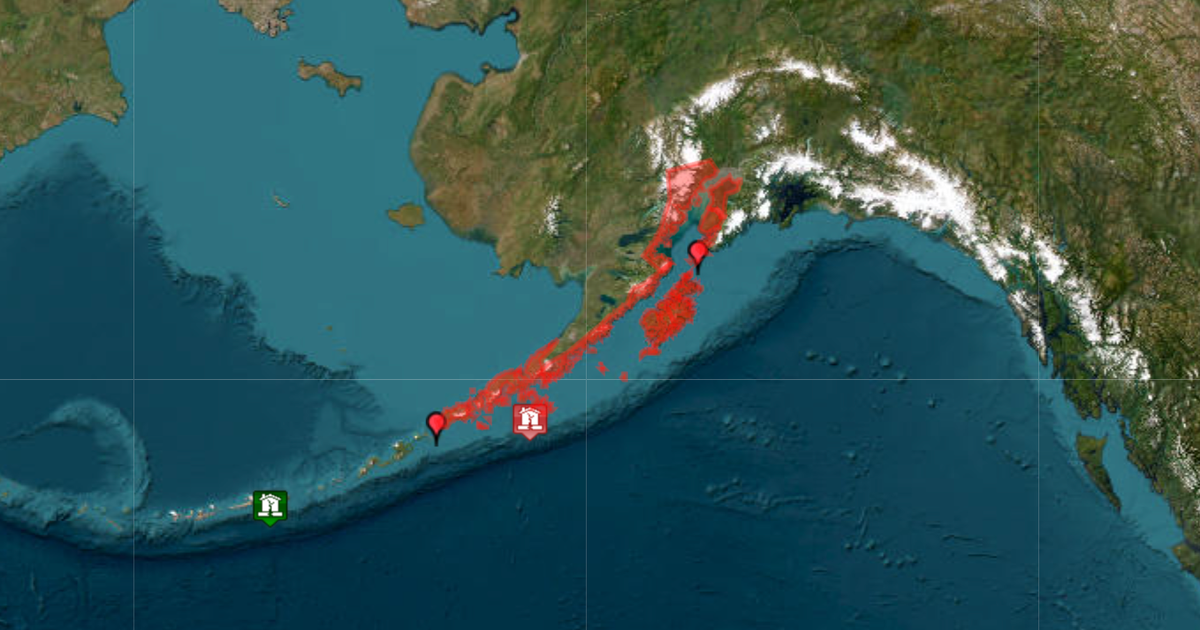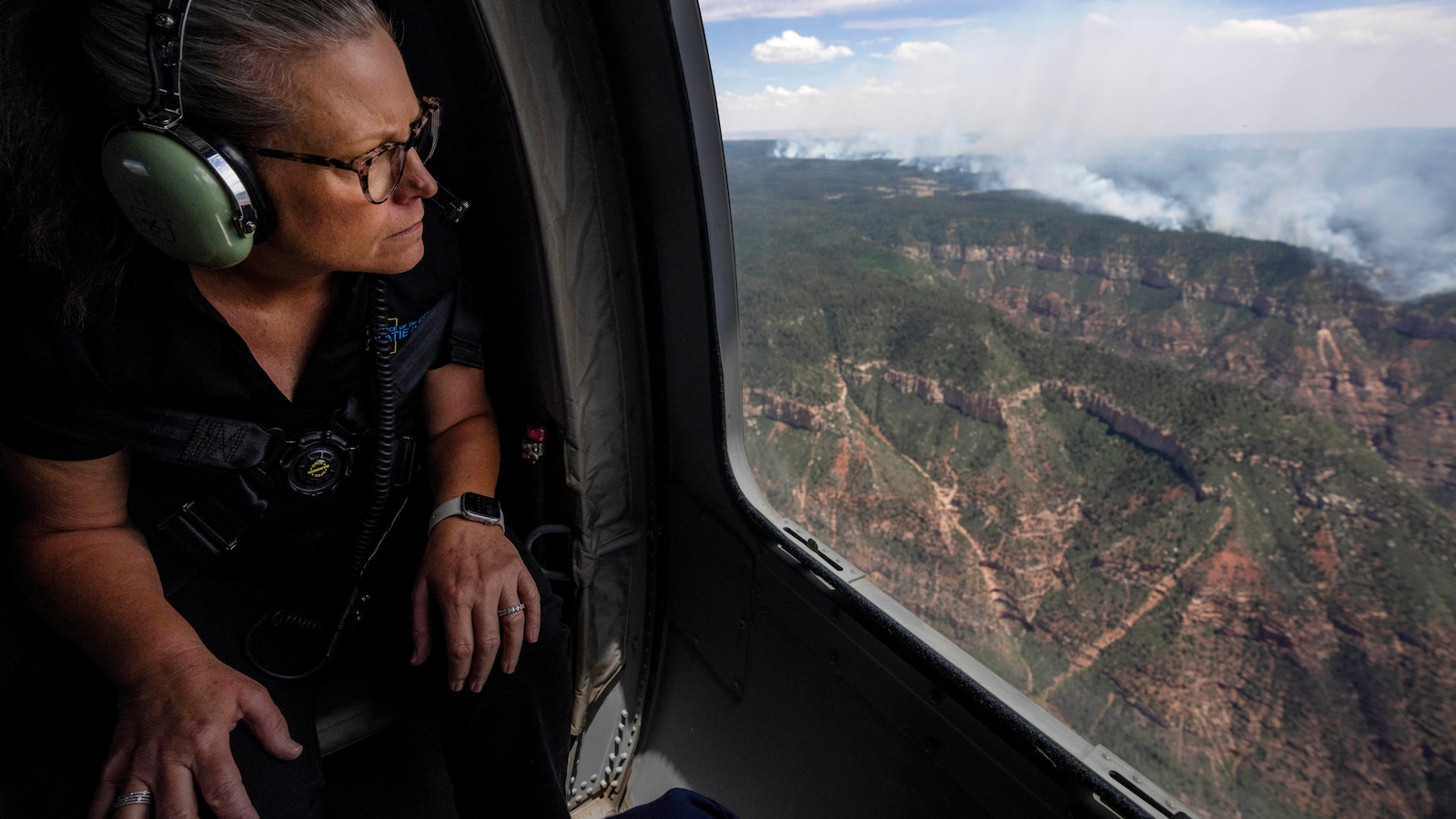Rising Sea Levels: A Global Crisis for Coastal Communities
As global temperatures continue to rise, coastal communities worldwide face an urgent crisis: rising sea levels. According to the latest report from the Intergovernmental Panel on Climate Change (IPCC), sea levels could rise by more than two feet by 2100, threatening millions of lives, homes, and ecosystems. This phenomenon has sparked concern among scientists, policymakers, and residents in vulnerable areas.
Understanding the Causes of Rising Sea Levels
Rising sea levels are primarily driven by two factors: thermal expansion of seawater as it warms and the melting of glaciers and ice sheets. According to the National Oceanic and Atmospheric Administration (NOAA), global sea levels have risen approximately 8 to 9 inches since 1880, with projections indicating an accelerated pace in the coming decades. This dramatic shift poses significant risks, particularly for low-lying regions.
Dr. Emily Carter, a climate scientist at the University of California, emphasizes the gravity of the situation: “Increased global temperatures lead to the melting of polar ice and thermal expansion, both contributing to rising sea levels. If we do not take immediate action to address climate change, many coastal cities could become uninhabitable.”
The Impact on Coastal Communities
Coastal communities are already experiencing the impacts of rising sea levels through increased flooding, erosion, and saltwater intrusion into freshwater resources. A report from the Pew Research Center found that nearly 40% of the U.S. population lives in coastal counties, highlighting the potential widespread effects on millions of Americans.
- Flooding: Regular tidal flooding is becoming more common, with areas like Miami and Norfolk experiencing “sunny day flooding” during high tides.
- Erosion: Shoreline erosion threatens infrastructure, tourism, and local economies, especially in vulnerable areas like the Outer Banks in North Carolina.
- Saltwater Intrusion: As sea levels rise, saltwater contaminates freshwater aquifers, jeopardizing drinking water supplies.
In the Caribbean, islands such as the Bahamas face existential threats. A recent study from the Caribbean Community Climate Change Centre predicts that rising sea levels could displace up to 80,000 residents by 2050, exacerbating migration issues and straining resources in neighboring countries.
Economic Consequences of Rising Sea Levels
The economic ramifications of rising sea levels are profound. The National Ocean Economic Program estimates that the total economic cost of flooding could exceed $1 trillion annually in the United States alone by 2050. This figure underscores the urgency for both mitigation and adaptation strategies.
“Investing in infrastructure to combat flooding and protect coastlines will be crucial,” notes Mark Thompson, an urban planner specializing in climate resilience. “However, we also need to consider the economic impact of relocating communities and businesses that can no longer sustain themselves in vulnerable areas.”
Global Responses and Adaptation Strategies
Countries around the world are beginning to implement strategies to cope with rising sea levels. Some of the most effective responses include:
- Infrastructure Improvements: Cities like New York and Amsterdam are investing billions in flood defenses and storm surge barriers.
- Restoration Projects: Coastal wetlands and mangroves are being restored to act as natural buffers against storm surges.
- Policy Changes: Governments are enacting policies that limit construction in high-risk areas to minimize damage during flooding.
In the Netherlands, a country renowned for its innovative water management techniques, the government has developed a comprehensive approach called “Room for the River,” which allows rivers to flood in controlled areas to prevent catastrophic flooding in urban regions.
Community Engagement and Education
Raising awareness about the dangers of rising sea levels is essential for effective community engagement. Educational programs aimed at informing residents about the risks and available resources can empower communities to take action. For example, the “Coastal Resilience” initiative in Florida focuses on educating citizens about the importance of sustainable practices and disaster preparedness.
“Community involvement is key to adapting to climate change,” explains Sara Lopez, a community organizer in Miami. “When residents understand the risks and collaborate on solutions, we can create more resilient neighborhoods.”
The Future Outlook and Next Steps
As the effects of climate change become increasingly apparent, the urgency to address rising sea levels will only grow. Future projections indicate that without significant reductions in greenhouse gas emissions, we could see catastrophic consequences for coastal regions globally. Scientists urge immediate action, including transitioning to renewable energy sources, improving urban planning, and enhancing community resilience.
As Dr. Carter succinctly puts it, “The time for action is now. We have the knowledge and the tools to combat climate change, but we need the political will and public support to implement these solutions.”
In conclusion, rising sea levels present a formidable challenge that requires a multifaceted response. By investing in infrastructure, engaging communities, and committing to sustainable practices, we can mitigate the effects of this crisis. The health of our coastal communities—and indeed our planet—depends on our collective action today.
Call to Action: Join your local climate action group to learn how you can contribute to the fight against climate change and support efforts to protect vulnerable coastal communities.



